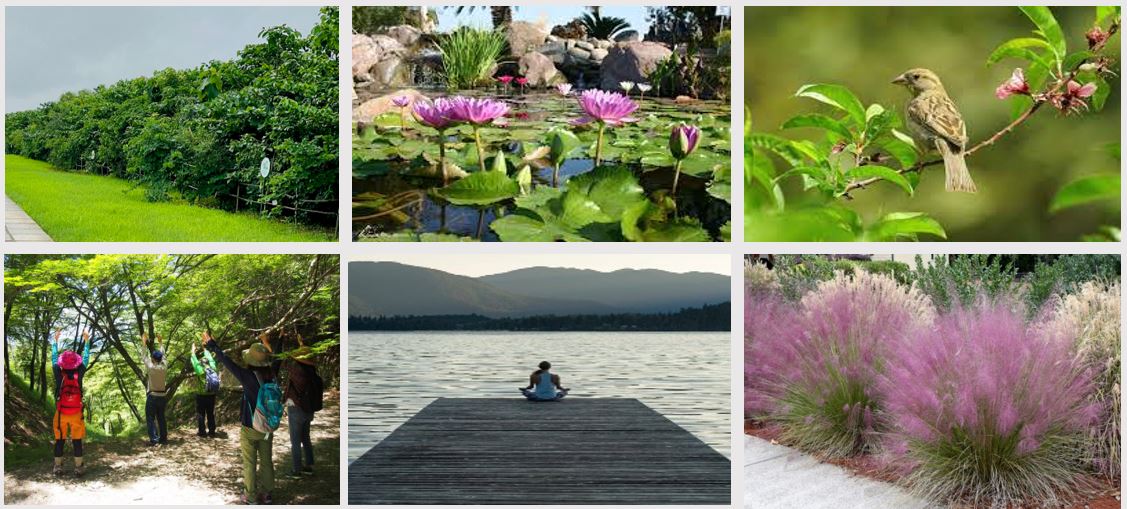Nature Interaction Centre
ESTABLISHING A NATURE INTERACTION CENTRE
NEED OF THE PROJECT:
There is a growing need to create spaces where urban residents can reconnect with nature, learn about biodiversity, and engage in activities that promote environmental conservation. The Nature Interaction Centre, incorporating various vegetative features and public amenities, aims to fulfill this need by providing an immersive and educational experience that fosters a deeper connection between people and the natural world.
OBJECTIVES:
TARGET BENEFICIARIES:
EXPECTED IMPACT:
BENEFITS TO FUNDER:
